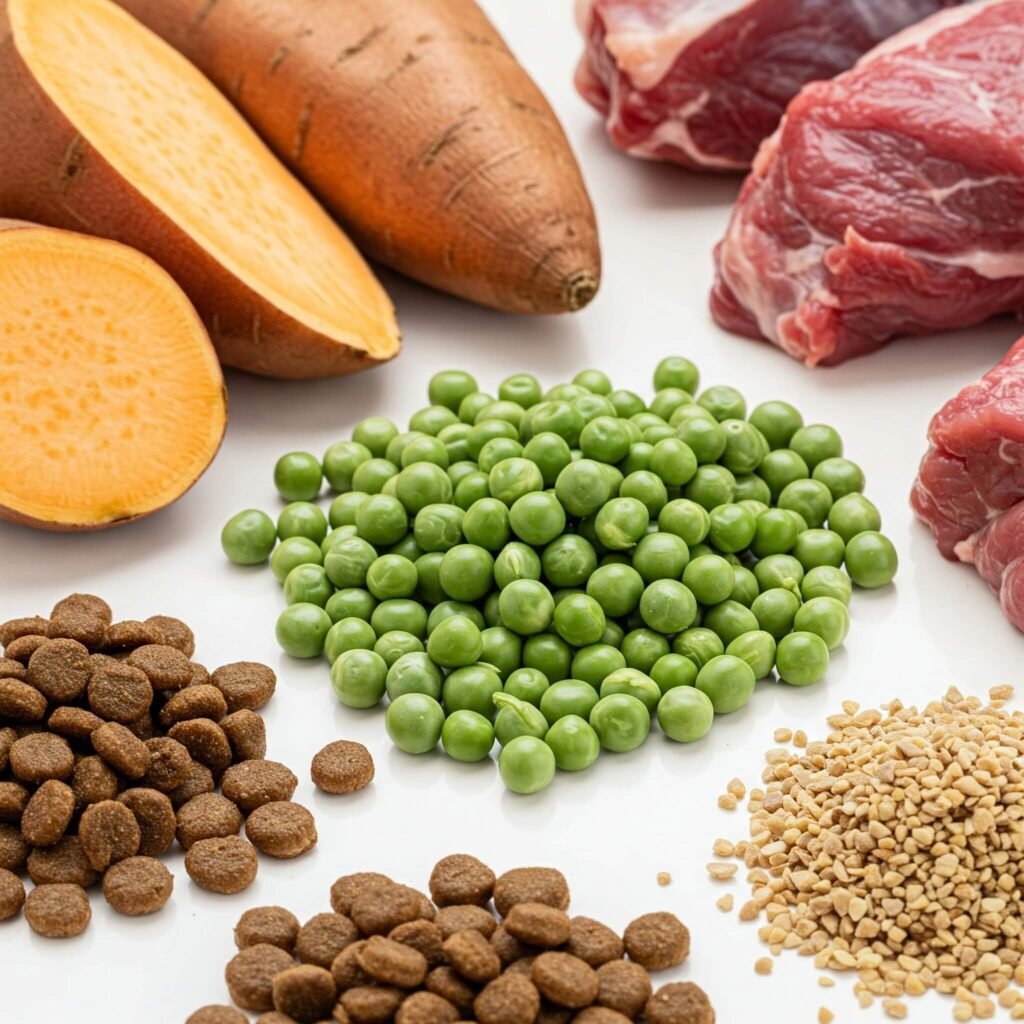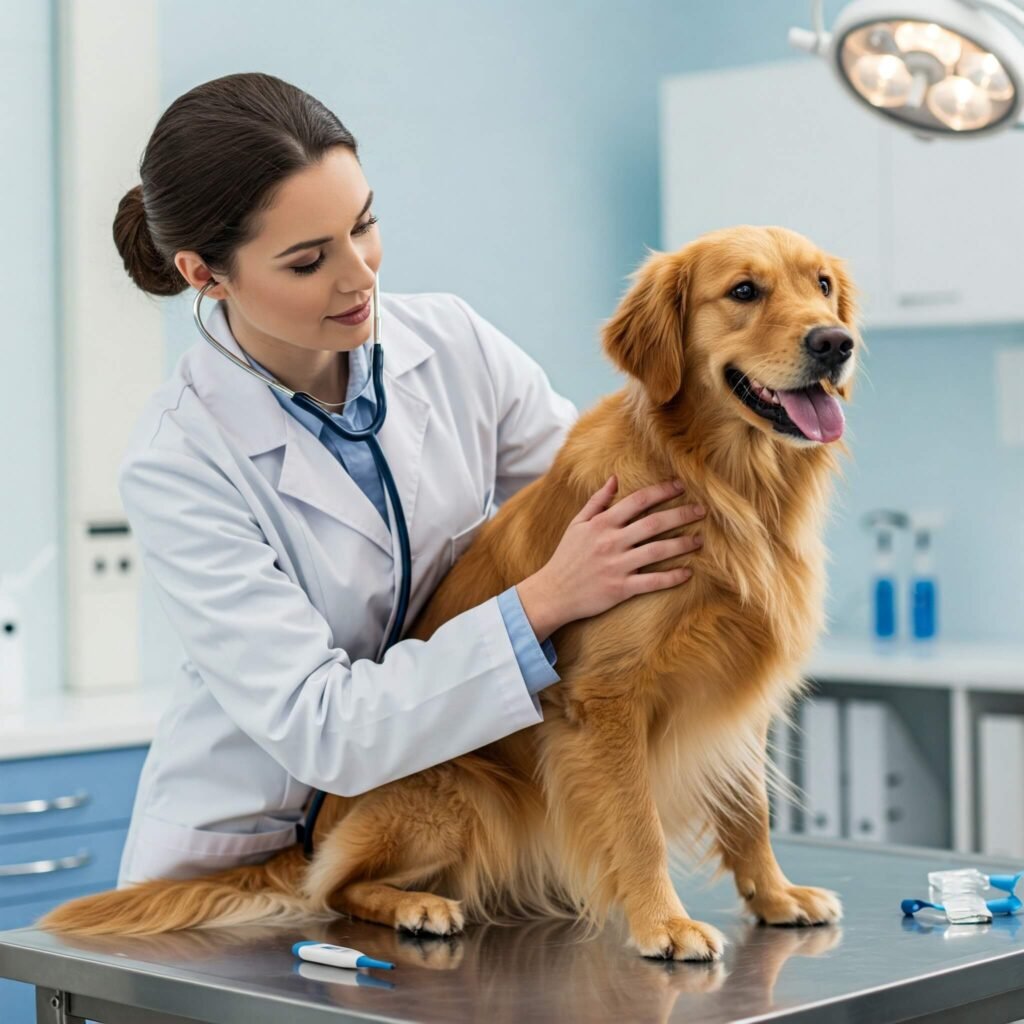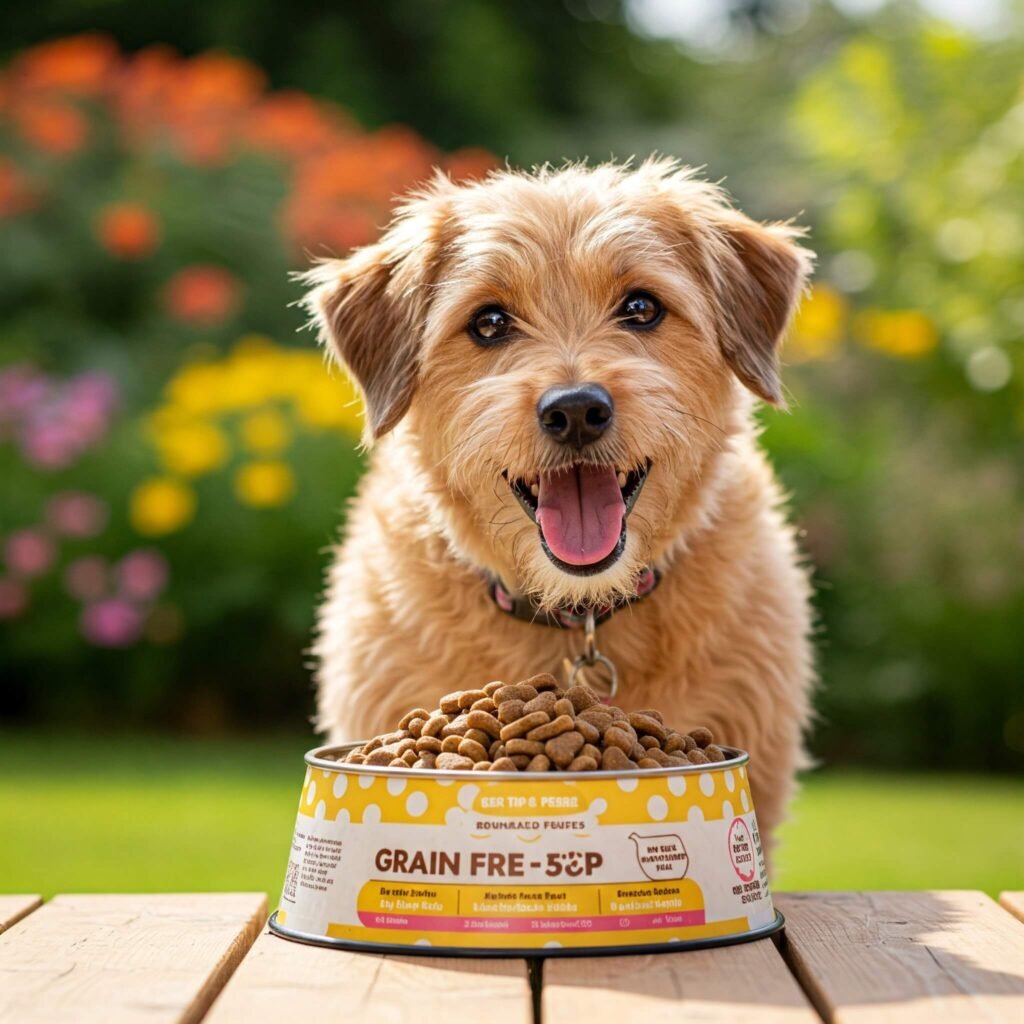The debate surrounding grain-free dog food continues to puzzle pet owners. Indeed, is it a healthier alternative, or just a marketing trend? Many pet owners are looking into grain-free dog food as a solution for dietary issues. Therefore, this article dives deep into what pet nutritionists say about grain-free dog food, providing clarity and actionable insights to help you make informed decisions for your furry friend.
H2: Understanding Grain-Free Dog Food
In essence, grain-free dog food formulations eliminate common grains like wheat, corn, and soy, replacing them with alternatives such as sweet potatoes, peas, and lentils. Specifically, this shift caters to the growing concern about grain allergies and sensitivities in dogs.
- What are grains? Grains are seeds of cereal grasses, providing carbohydrates, fiber, and some vitamins.
- Moreover, why grain-free? The concept emerged from the idea that dogs, as descendants of wolves, are primarily carnivores and don’t need grains.
H3: Potential Benefits of Grain-Free Diets
- First, allergy Management: Some dogs do experience grain allergies, leading to skin issues, digestive upset, and itching.
- Secondly, improved Digestion: For sensitive dogs, grain-free diets might result in fewer gastrointestinal problems.
- Finally, energy Levels: High-quality grain-free formulas often use nutrient-dense ingredients, potentially boosting energy.

H2: The Nutritional Reality: What the Experts Say
However, pet nutritionists emphasize that grains themselves are not inherently harmful. Instead, grains provide essential nutrients, including fiber and vitamins. Thus, the key is balance and quality.
- Namely, nutritional Balance: A well-formulated dog food, grain-free or not, should meet AAFCO (Association of American Feed Control Officials) standards.
- Additionally, cardiomyopathy Concerns: Recent studies have linked some grain-free diets, particularly those high in peas, lentils, and potatoes, to canine dilated cardiomyopathy (DCM). Furthermore, more research is needed. (Outbound refernce link to AAFCO standards: https://www.aafco.org/) (Outbound reference link to study on DCM: https://www.fda.gov/animal-veterinary/outbreaks-and-advisories/fda-investigation-potential-link-between-certain-diets-and-canine-dilated-cardiomyopathy-dcm) 1 1. animalhousevetqueencreek.com animalhousevetqueencreek.com
H3: When Grain-Free Might Be Necessary
- Specifically, diagnosed Allergies: If your vet confirms a grain allergy, a grain-free diet is essential.
- Also, specific Medical Conditions: Some health conditions might benefit from grain-free, but only under veterinary guidance.

H2: Choosing the Right Free Dog Food
Consequently, selecting a quality free dog food requires careful consideration.
- First and foremost, ingredient Quality: Look for named meat sources as the first ingredients. Avoid vague terms like “meat meal.”
- Moreover, nutrient Profile: Ensure the food meets AAFCO standards and provides a balanced diet.
- Importantly, consult Your Vet: Always consult your veterinarian before switching to a grain-free diet.
H3: Practical Tips for Transitioning to Grain-Free
- Notably, gradual Change: Slowly introduce the new food over a week to prevent digestive upset.
- Subsequently, monitor Your Dog: Watch for any changes in stool, skin, or behavior.
- Finally, read Labels Carefully: Ensure the food meets your dog’s specific needs.

Conclusion:
Ultimately, free dog food can be beneficial for dogs with specific dietary needs, but it’s not a universal solution. In other words, the most important factor is a balanced, high-quality diet that meets your dog’s individual requirements. Therefore, always consult your veterinarian to make the best choice for your furry companion.








































